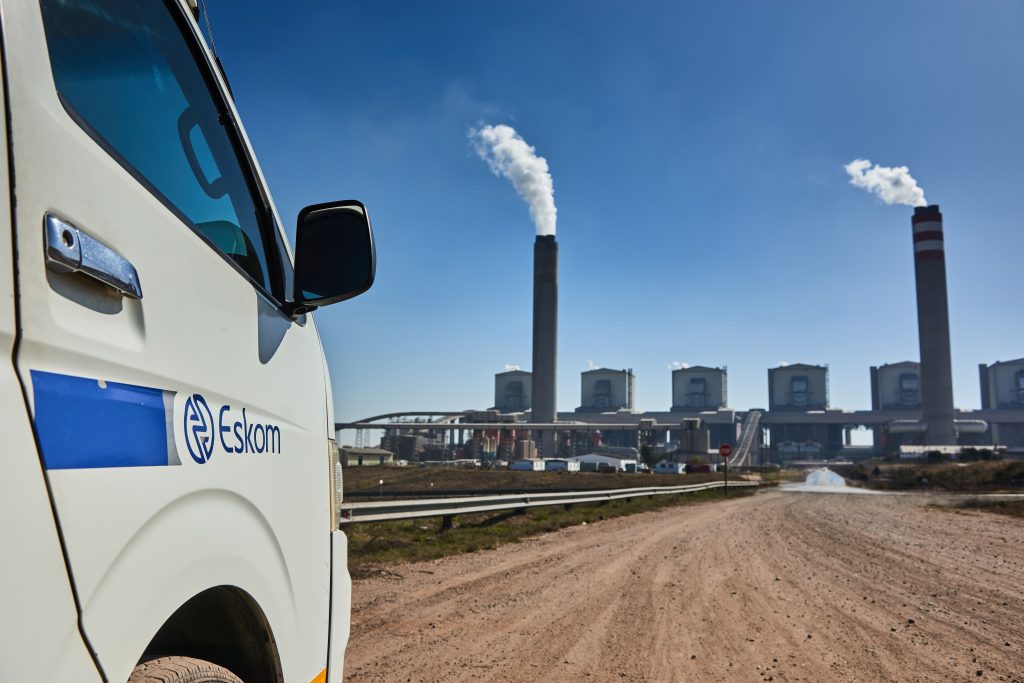
In the final four weeks of 2022, Eskom set four consecutive new lows for its energy availability factor (EAF). This is the measure power utilities globally use to report on the amount of generation capacity they have available, less planned maintenance and breakdowns.
Read: De Ruyter says he survived murder attempt in December
The signs were there earlier in December when, in practical terms, Eskom was forced to remove 7 000MW of demand – equivalent to Stage 7 load shedding in all but name.
So critical was the situation that it delayed the planned maintenance outage at Koeberg unit one by a few days to bring stability to the grid.
At that stage, Eskom’s average EAF for the week was 51.53% – meaning that 48.5% of total generation capacity was offline. The following week, this declined to 50.71%. Then 50.26% leading up to Christmas Day.
And in the last week of the year, Eskom’s EAF dropped to 49.1% – below 50% for the first time.
Read:
How Eskom kept the lights on for Christmas, but not New Year’s
ANC signals caution on green energy transition
Bleak holidays ahead as Eskom output plummets to new lows
In round numbers, Eskom has 48 000MW of capacity (49 000MW if the independent power producer open cycle gas turbines at Avon and Dedisa are included, which Eskom sometimes does and sometimes doesn’t).
This means that as most working South Africans were on holiday, with mines, factories and construction sites shut, Eskom had less than 24 000MW of capacity available (around 23 660MW, to be more specific).
We know that one Koeberg unit is out of action, but other sources of power (aside from coal), including pumped storage schemes, hydro and imports are all online.
This means the availability across Eskom’s baseload coal fleet is now below even 40%.
Independent energy analyst Clyde Mallinson shared a chart on 1 January that confirms that the average capacity factor for coal (on a 24-hour moving average) was below 40% – and as low as 37% – for practically the second half of last month.
Not sure that *dire* properly captures the gravity of the situation. pic.twitter.com/0RN1hOBRbB
— Clyde Mallinson (@ClydeMallinson) January 1, 2023
Breakdowns and partial load losses (where a unit is generating less power than its capacity) are a major cause of ‘unavailability’. In week 49 (from 5 December), this had spiked to an average of 35.31%, meaning that approximately 17 000MW of capacity was offline at any given point in time in those seven days.
Breakdowns have soared
In 2021, the percentage of breakdowns across Eskom’s generating fleet exceeded 30% (on average) in just one week of the year. Last year, that number was 24 weeks, and it exceeded 35% in two of those. It ought to be no surprise that 2022 was a record year for load shedding.
Despite the fragility of the power system, Eskom has deliberately pursued planned maintenance into the festive period.
In a typical year, it does use this time to take more units offline for repairs than normal, but the numbers this year ramped up from 11% (±5 500MW) to 17% (±8 000MW) across December.
A hefty chunk of this – around 1.9% – comprises the outage at the one Koeberg unit. But the other Koeberg unit had been offline from mid-January until its much-delayed return in September, so that percentage has been in the maintenance figure for the bulk of the year. Still, the utility’s EAF for 2022 is at its lowest ever: 58%.
Eskom week-on-week energy availability factor hits new record low of 50.43% for week 51, 2022, the 3rd consecutive weekly record low in 3 weeks. This is partly because of record levels of planned maintenance of 11.47%, 15.34% & 16.59% for weeks 49, 50 & 51 this year respectively. pic.twitter.com/T1r83biRA1
— Chris Yelland (@chrisyelland) December 28, 2022
Chris Yelland of EE Business Intelligence made the point on Twitter at the end of December that “an aspiration” by Minister of Public Enterprises Pravin Gordhan or Eskom chair Mpho Makwana “for the average EAF in 2023 to reach 65%, or even ‘significantly higher than 60%’ is unrealistic”.
He explains that “the EAF is an average of about 90 generators”. Plotting a smoothed trendline on a chart which he produced, it is clear that the trend is near-catastrophic. Our lived load shedding experience daily is testament to this.
Eskom total week-on-week energy availability factor (EAF), from Week 1, 2016 to Week 51, 2022. (Data source: @Eskom_SA; Graph: EE Business Intelligence). pic.twitter.com/S0LYuVV7qY
— Chris Yelland (@chrisyelland) January 4, 2023
He points out that “a sudden (discontinuous) change in the trendline is impossible, and the downward trendline will first need to flatten and bottom out before starting to trend upwards again”.
At least government is, ‘informally’ or ‘unofficially’ at least, no longer speaking about the 75% EAF target, which the most recent Integrated Resource Plan (2019) uses. If Eskom manages an EAF of 60% this year, there should be less load shedding than in 2022. But even that’s a stretch.
Oh, and CEO Andre de Ruyter leaves in March and COO Jan Oberholzer retires in April …
A leadership vacuum or instability is the last thing Eskom needs.
Read: De Ruyter disappointed at lack of support at Eskom
Stay connected with us on social media platform for instant update click here to join our Twitter, & Facebook
We are now on Telegram. Click here to join our channel (@TechiUpdate) and stay updated with the latest Technology headlines.
For all the latest Business News Click Here
For the latest news and updates, follow us on Google News.
